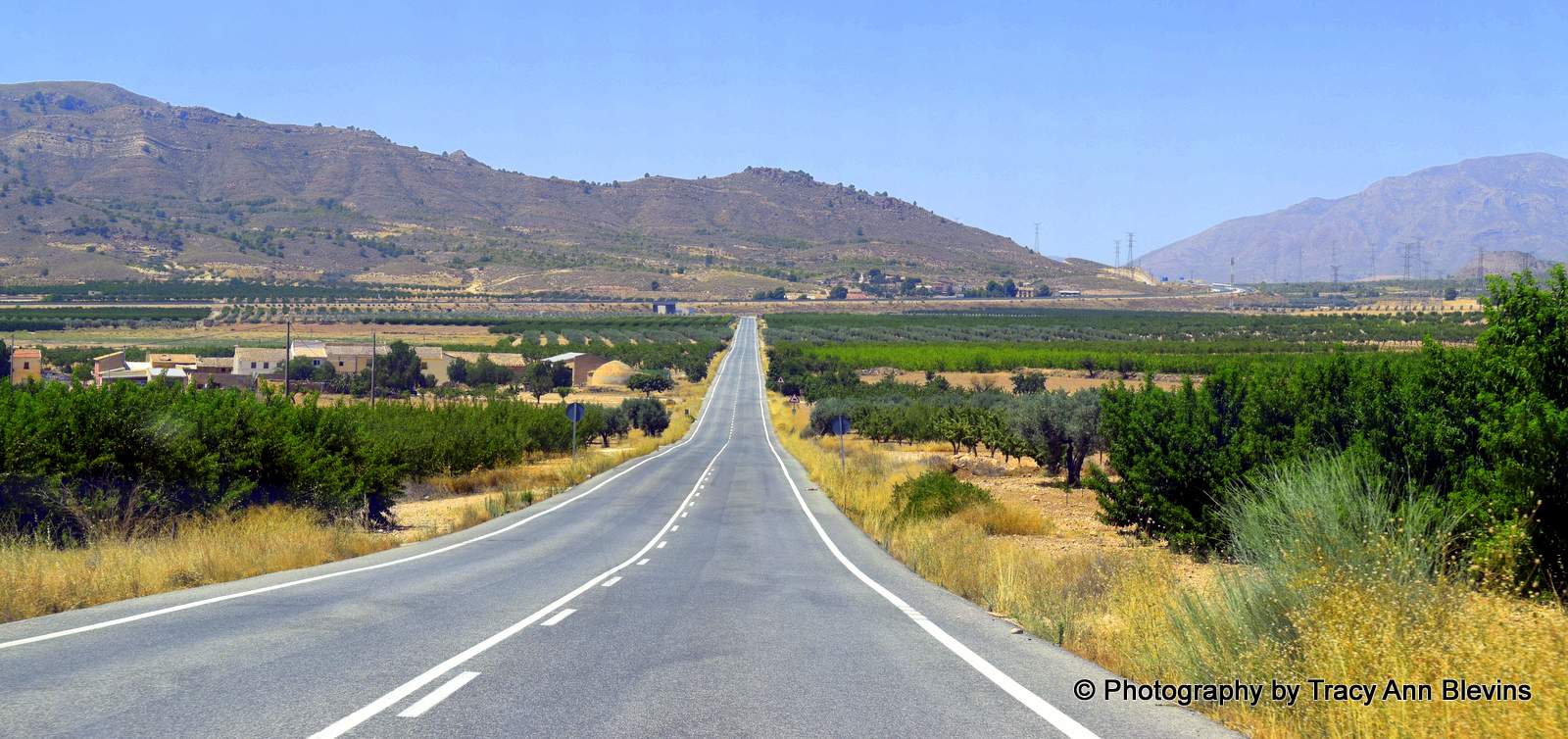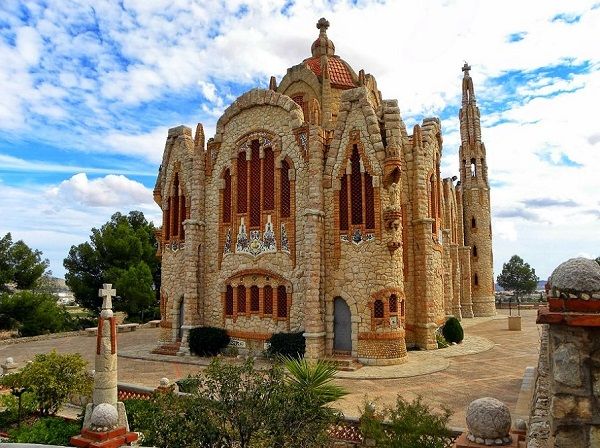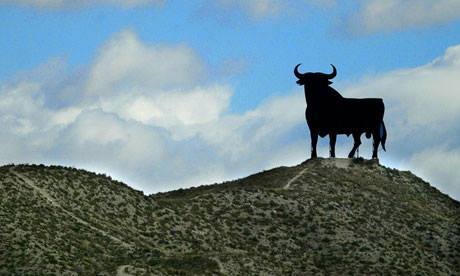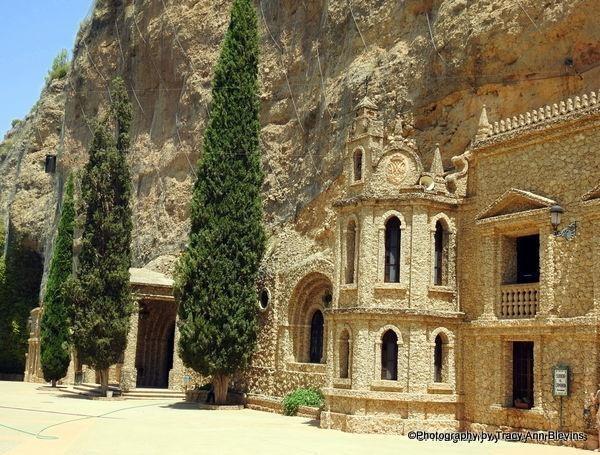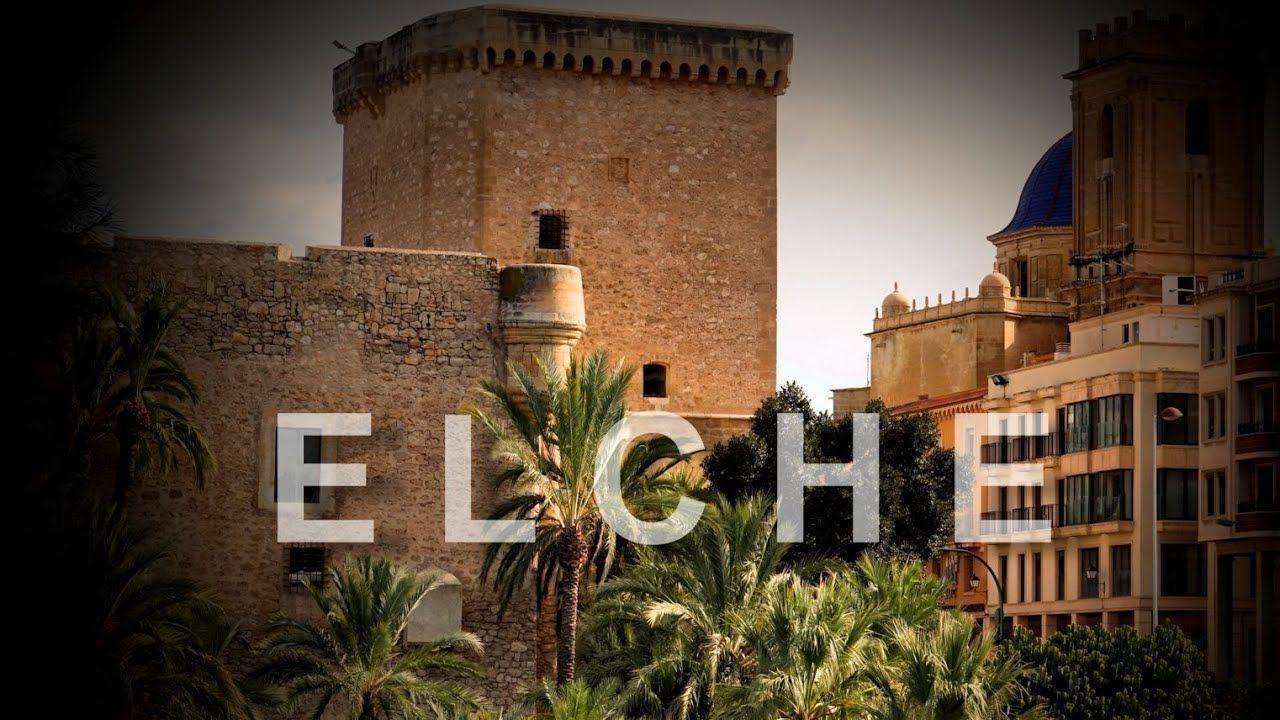Spanish Road Trip 2023, day 9 - Granada to Benidorm, Via Lorca 394km
After a enjoyable stay in Granada for a couple of nights, it's time to make our way back to Benidorm, aiming to reach home at a reasonable hour, we opted for the fastest route. However, we could not resist a brief detour to Lorca Castle. Last year, our attempt to locate it was unsuccessful, but this time around, we were determined not to be defeated.
Lorca, situated in the province of Murcia, gained international attention for its recent earthquakes which occurred on May 11th, 2011 where two earthquakes shook Lorca, leaving nine dead and about three hundred injured. The earthquake had a profound impact on the town.
The history of Lorca dates back to ancient times, and the area has been inhabited by various civilizations, including the Romans, Visigoths, and Moors. The town has a rich cultural and architectural heritage with historical landmarks that reflect its diverse past.
Spanish Road Trip 2023 Castillo de Lorca
Towering above the city of Lorca, is Lorca Castle (Castillo de Lorca), also known as Fortress of the Sun. This hilltop fortress was built between the 9th and 15th centuries and is one of the largest castles in Spain, with 52,000 square meters available within the walls.
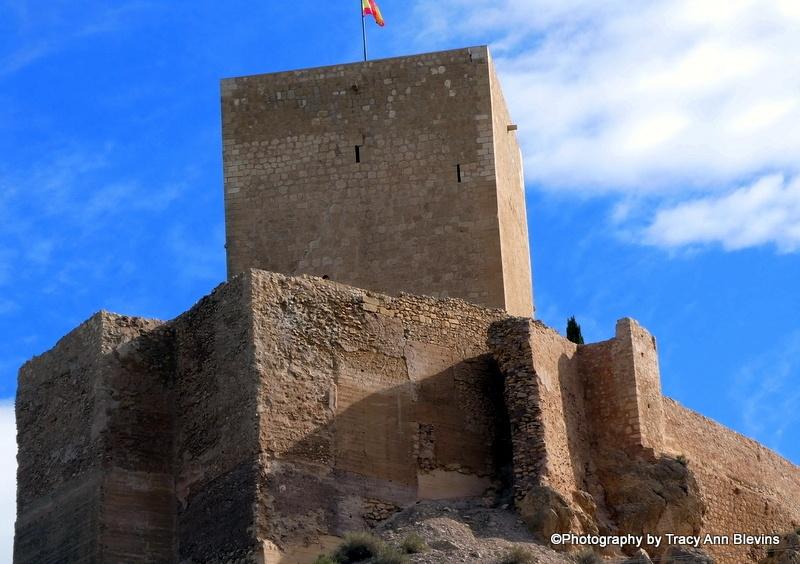
The castle has been restored as a themed area dedicated to visitors, there’s a small car park just outside the castle walls. or a much larger carpark on the main road at the base of the castle.
If you wish to visit the towers there are timed slots and the entry fee to some of them was 4.50€ each, not having much time we just wanted to generally explore and entry to the grounds was FREE, which was a nice surprise.
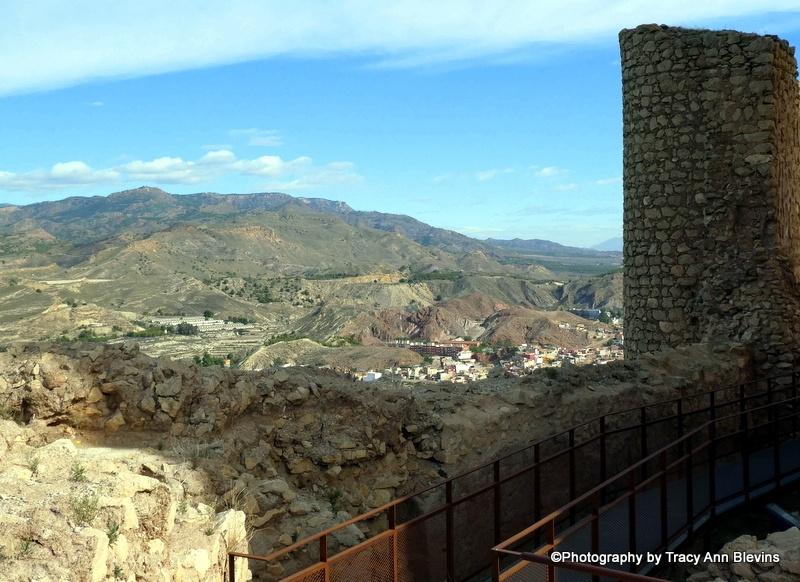
One of the most photographed spots is the massive sundial situated close to Fortaleza del Sol and Torre del Espolón.
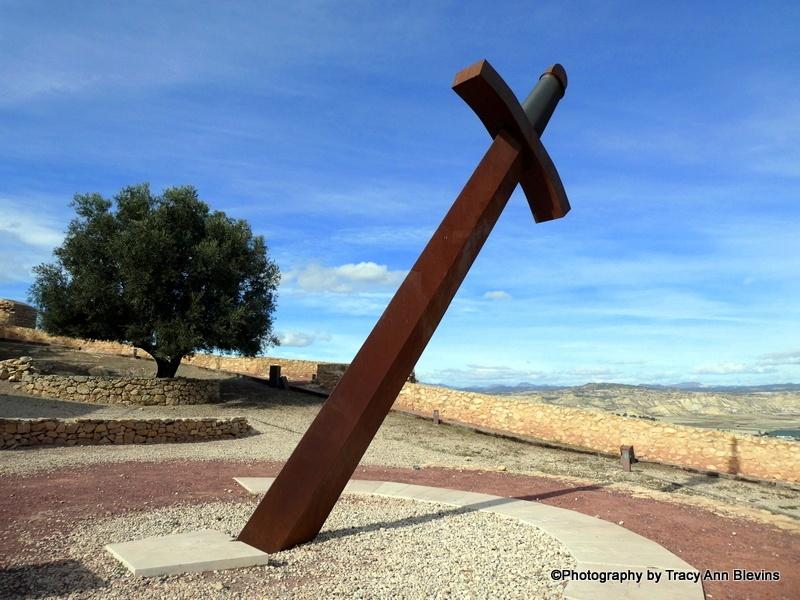
Lorca Castle has several towers that contribute to its architectural and defensive features, some of which are open to the public at certain times of the day, but these do have an entry fee.
Alfonsina Tower: Also known as the Torre de Espolón, it was built in the 13th century during the reign of Alfonso X of Castile. This tower is one of the key elements of Lorca Castle and has historical significance.
Spanish Road Trip 2023
Espolón Tower: This tower is strategically positioned to defend one of the main entrances to the castle. It is part of the defensive system that protected the castle from potential invaders.
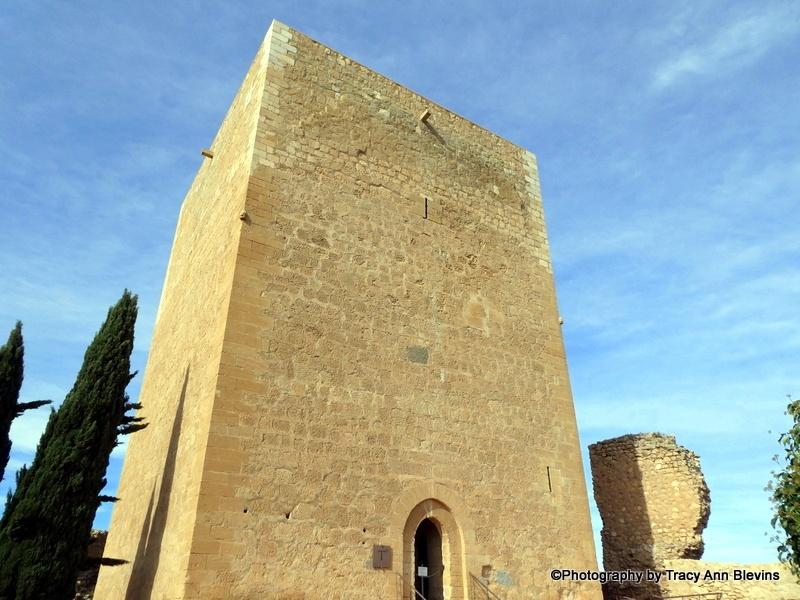
Keep Tower: also known as the Torre del Homenaje, served as the main tower of the castle and was often the residence of the castle's lord. It was a symbol of authority and played a crucial role in the defence of the fortress.
Alambique Tower: This tower is part of the complex and contributed to the overall defence system of Lorca Castle. The castle's towers were interconnected, creating a formidable defence against potential threats.
Prison Tower: As the name suggests, this tower may have been used as a prison or a place for confinement within the castle. It reflects the multifunctional nature of medieval castles, serving both defensive and administrative purposes.
This is a really lovely castle and we enjoyed our time here, its certainly a good place to visit if you are in this area.
A bit of the Castles history:
The castle comprises of a network of defensive structures, and played a pivotal role during the Middle Ages, solidifying its position as an impregnable stronghold in the Southeastern part of the Iberian Peninsula. Throughout the Reconquista, Christians and Muslims fiercely contested Lorca Castle, marking it as a key strategic point.
Archaeological excavations have unveiled evidence of continuous human habitation at the castle site since Neolithic times.
The earliest written record of Lorca Castle is of Muslim origin from the 9th century, indicating the significance of the city of Lurqa in the region ruled by Theudimer (Tudmir). Under Muslim rule, the castle boasted impenetrable defenses, with the Espaldón Wall dividing its interior into two sections. The western part served as a refuge for livestock and grain during times of peril, while the eastern part housed a neighbourhood known as the barrio de Alcalá.
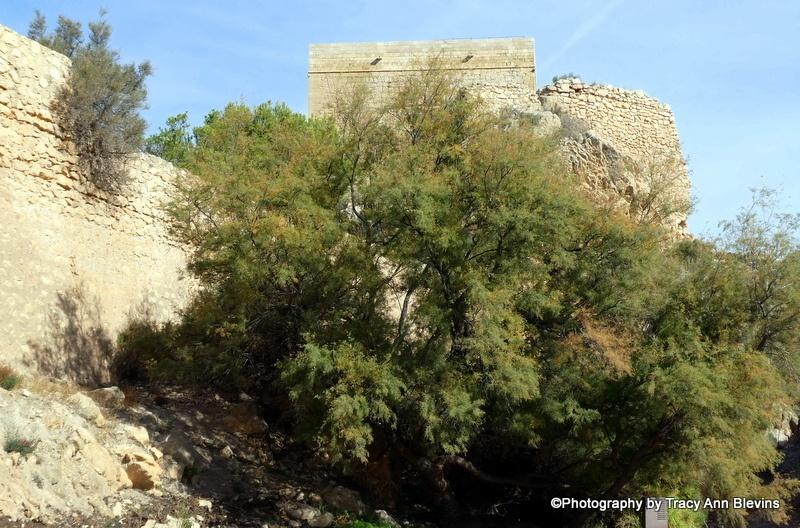
After the Reconquista in 1244, when Lorca was conquered by Castilian Infante Don Alfonso (future Alfonso X), the fortress became a crucial defensive outpost against the Kingdom of Granada. Over the next 250 years, Lorca Castle stood as a vigilant watchpoint on the border between the Christian kingdom of Murcia and the Muslim state of Granada.
Alfonso X initiated the construction of towers, such as the Alfonsina and Espolón Towers, reinforcing and modifying the walls. This reconstruction resulted in the almost complete eradication of the Muslim fortress, leaving only remnants like the foundation stones and the wall known as the muro del Espaldón.
Within the alcazaba, the Moorish fortification, lay the Jewish Quarter, physically separated from the rest of the city by walls. This separation, intended to safeguard the Jewish population, unintentionally fostered a division between Christians and Jews, with Christians residing in the lower part of town. The Jewish Quarter covered an area of 5,700 square meters, featuring 12 homes and a synagogue from the 14th century, the only one found in Murcia. The irregular layout of the streets adapted to the landscape, divided into four terraces, with the synagogue at the centre and homes surrounding it.
Lorca Castle lost its strategic importance after the conquest of Granada in 1492. The expulsion of Jews by Ferdinand and Isabella led to the castle's depopulation.
By the 18th century, the castle had become almost ruins. In the 19th century, refurbishments were carried out during the War of Spanish Independence, altering its medieval appearance, including the installation of cannons. In 1931, Lorca Castle received recognition as a National Historic Monument.
Today, the castle also hosts a luxury hotel, The Parador, where guests can soak up the history and enjoy stunning views.
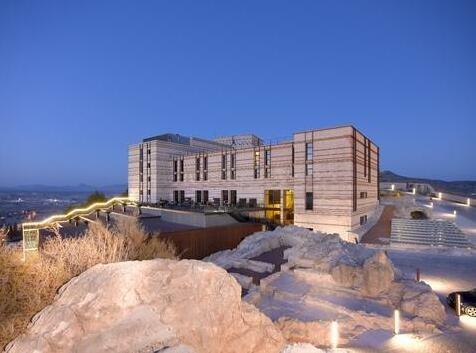
Find more photos here
Spanish Road Trip 2023
Total cost of 8 nights' accommodation - 300€ (average coast per night = 43€ 7 nights as we stayed with a friend one night)
Additional car parking expenses - Nil, everywhere we stayed offered FREE on street, or private parking.
Total Diesel cost - in the region of 150€
Best value for money accommodation - Tarifa 94€ for 2 nights and Granada 80€ for two nights.
Worst accommodation - Lo Pagan, our first night.
Favourite place visited - Tarifa, day 5, we really fell in love with this whole area.
Most disappointing - Mojaca, day 2 - This town was completely soul less this time of year.
Best surprise along the way - Setinel de las Bodega, day 6, certainly a place to visit during the warmer months.
What we found different this year - Every other road trip we have taken has been during the summer months, what did we find were the pros and cons of a Road Trip in November:
Pros - Accommodation was easier to find and most with free parking.
Accommodation was much cheaper, we got some really, really good deals.
Less Traffic on the roads.
Easier to park in the towns and cities.
Much more comfortable walking around in the cooler daytime temperatures.
Cons:
Not enough daylight hours to do the amount of sightseeing we normally do.
Cold at night.
Some towns/Cities were so quiet they had no atmosphere.
Would we do a road trip again this time of year? No, the lack of daylight hours was a real problem, with us arriving at a lot of our destinations in darkness. As we are now finding the heat too much during the peek summer months the next trip will be taken during May, September or October. Watch this space.
Accommodation -
If you have any suggestions for next years road trip please comment below as we are always looking for new places to visit.




